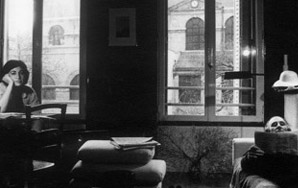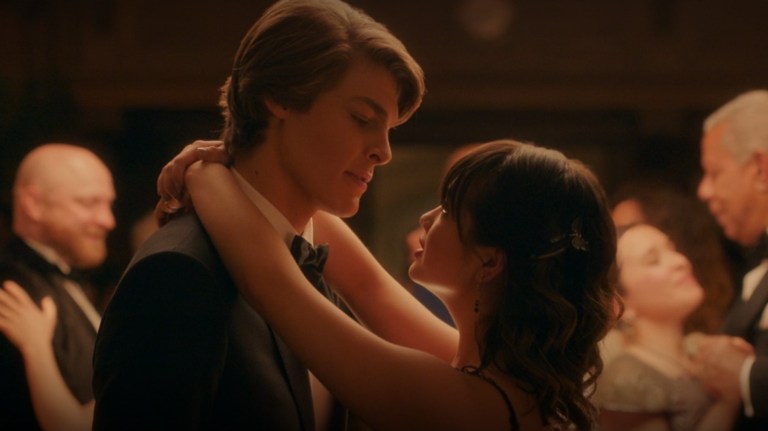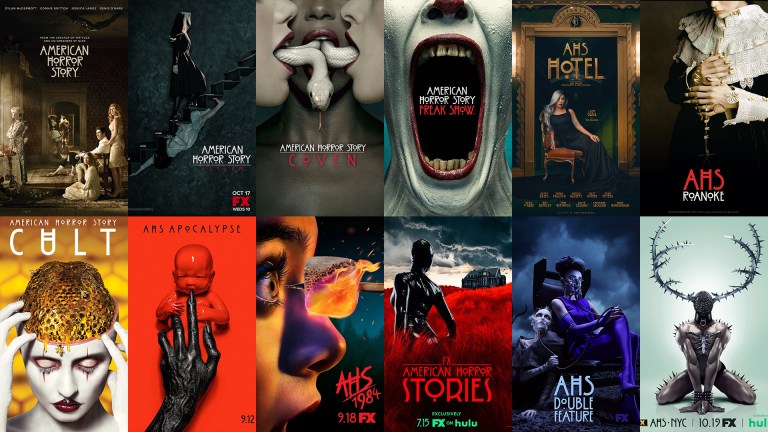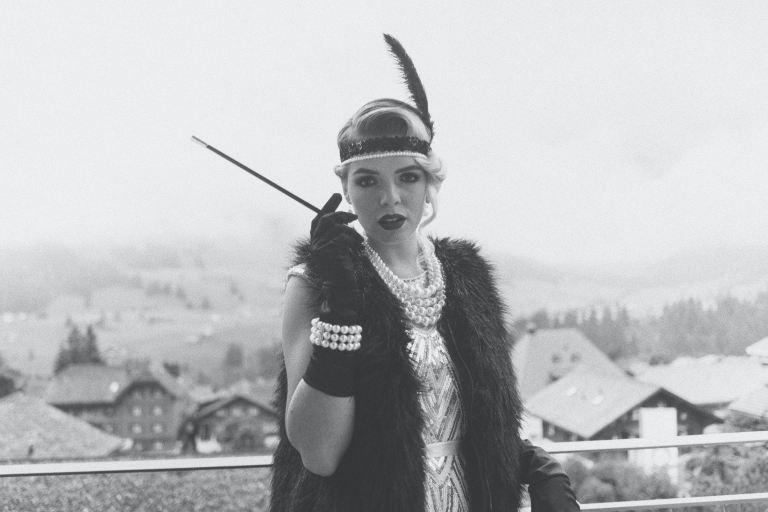Alix Cleo Roubaud: Alix’s Journal
Reading Alix Cleo Roubaud’s journal is like standing in a pitch-dark room and flicking on the light for a split second. The flash of illumination reveals only an impression of the furniture but forbids a thorough appreciation. The photographer recorded her thoughts, aspirations, and, most especially, her fears (she attempted suicide multiple times...)


Reading Alix Cleo Roubaud’s journal is like standing in a pitch-dark room and flicking on the light for a split second. The flash of illumination reveals only an impression of the furniture but forbids a thorough appreciation. The photographer recorded her thoughts, aspirations, and, most especially, her fears (she attempted suicide multiple times but finally died at age thirty-one from a cerebral hemorrhage), but though she wrote with the knowledge that her husband, poet and Oulipian writer Jacques Roubaud, would read the journal after her death, fragmentary sentences and syntactic anomalies give her writing a coded quality. One can speak about the entries thematically (her concerns are very Heideggerian: mortality, temporality, anxiety, historicity), but it feels presumptuous to infer a deep and detailed understanding of the artist and woman from these pages. What is equally confounding is that the author seems likewise unable to orient herself. She is constantly awash in alcohol and sleeping pills and often drifts, rudderless, in the ocean of her mind. Though this does little to aid the reader’s journey through Roubaud’s labyrinth, it compels one to see that journey to the end.

Born in Mexico in 1952 with Canadian nationality—Roubaud’s father, a Canadian diplomat, was posted to South Africa, Egypt, Cambodia, and Greece during her childhood—she wrote and spoke in both English (her father’s language) and French (her mother’s). Yet she felt at home in neither: “I do not possess any language of my own to write in; I own no single language enough to write in it.” (Indeed, the journal shifts between English and French, as well as between first and third person.) She studied architecture and psychology in Ottawa and moved to Aix-en-Provence in 1972 to study philosophy. In 1978, she discovered photography, and a creative outlet that would by turns encourage and frustrate her.
Originally published in France in 1984, the journal was released last month by Dalkey Archive, with a skillful translation by Jan Steyn, who has preserved the author’s many idiosyncrasies. Roubaud started keeping a journal in 1970, but the book, edited by her husband, only reproduces entries beginning in December 1979 and concludes on January 19, 1983, her thirty-first birthday and seven days before her death. By Jacques’s account, he “knew Alix 1178 days,” or a little more than three years. The portion of the journal he has selected, then, represents almost all of their time together. Perhaps this is the reason he chose not to include earlier entries, but occasionally the decision frustrates, as when Roubaud, in an item from December 12, 1980, offers the date of an entry exactly one year earlier and qualifies it only with a declarative “yes.” The reference is lost, as the book begins on December 23.
The volume also reproduces nearly fifty of Roubaud’s photographs, in black-and-white, though few are discussed or even named explicitly in her writing. One can, however, understand the photographs more generally in the context of the ideas and theses she sketches in the text. A “tribute to Morris Louis” depicts an overturned glass of red wine plunging down a rumpled sheet, literalizing the Color Field artist’s stain paintings and mimicking his process of allowing paint to flow over the space of an inclined canvas. The spill of wine, like the unbrushed trails of paint, is gestural, akin also to Jackson Pollock’s method of painting, as Roubaud points out in an entry from December 1980: The photograph, the spill, the splatter all attempt to reproduce “the flawless moment of production.” But inherent in each of these acts is repetition, the act of performing the same process over and over again. For Roubaud, such repetition could reflect creative inspiration—“Repeat what is singular and make it sing.Repeat.”—or crushing anxiety: “To fall asleep like everyone else,etc.,to lead simple regular life.To fall asleep like everyone else,that is what I want. (I want to fall asleep just like other people do,that’s all I’m asking.)”

Another photograph depicts a spoon set on a windowsill next to a small mirror propped against the window. The shape of the mirror matches the oval of the spoon’s bowl, and the mirror holds in its own “bowl” the reflection of an ear, yet another “bowl,” which accommodates sound. With each repetition of the spoon shape, the thing that is contained becomes further abstracted. This loop of repetition and abstraction plays in much of Roubaud’s photography and informs her notions of the temporal aspects of memory. For Roubaud, photography rehearses the process of forgetting in order to remember. The photographic image records a moment in time that we wish to retain, but by materially preserving that moment, we are allowed to forget it. We can recall it at will with the aid of the image, yet this “artificial memory” serves to disrupt the perception of time. The past becomes an illusion, a collection of unreliable memories; the future, shaped by an unreal theater of memory, is death; and the present is “a brutal impasse where future and past seem no longer distinguishable,but where all things finish up.” The photograph itself confirms this infinite loop, offering a view of “myself as a laughing child / in front of my dead body.” (In coming to terms with the death of his wife, Jacques Roubaud would write, “I’ve devoted myself to the enterprise of destroying my memory.” But it is impossible to forget, he explains: “I can have access to it anytime I want like some piece of trivia I command. . . . It is here, it exists, and is dead.”)
On February 18, 1980, she makes a number of resolutions, including promises to stop drinking and smoking (having given up her use of sleeping pills weeks before), to begin writing in “straight prose,” and “absolutely no more death.” The only one she manages to keep for very long is her aim for more straightforward writing, though soon enough, this too falls by the wayside. Her entries frequently contain propositions, thoughts on philosophy and photography, lists, and considerations of her personal life, but just as often, her mood is depressive and pessimistic. In August 1980, she fears reading her own journal, “of finding nothing there;or the phrases of an entirely despicable person.me.” The next day, this paralysis, which sometimes results in months-long breaks from photography, keeps her from even taking her own passport picture. Sometimes her anxiety devolves into a wild madness:
Though the journal may not accurately represent Roubaud’s moments of happiness, it does much to record her anguish. “I panic,” she writes in August 1981, “sheer,steep panic as I am terrified of killing myself,as I listlessly watch myself building up to it,not daring to tell Jacques nor anyone.” And elsewhere: “Jacques I can’t make you wait forever. Death is in me. . . . Life is so beautiful.the light.the bodies.the images. Please let me do it,please.” Passages such as these, which make death both a relief and a terror, are compelling and overwhelmingly sad. Yet, too, her meditations on and struggles with death carry a classically tragic weight. “I really don’t know if death is a screen onto which I project and play over the movie of my life,or whether it is the image that hides from me the fact that I am alive.” When she briefly evokes Hölderlin’s “aesthetic of the ruin,” it brings to mind the final stanza of the poet’s “Hyperion’s Song of Destiny”:
A place to rest
isn’t given to us.
Suffering humans
decline and blindly fall
from one hour to the next,
like water thrown
from cliff to cliff,
year after year,
down into the Unknown.
Roubaud firmly accepts the notion that being in the world includes the fact of her own mortality. Inevitability is at play in the reader’s experience as well: knowing that the last entry marks her death. It also may be the most painful passage, if only for the sudden and staggering clarity with which she realizes that she is alive. ![]()





